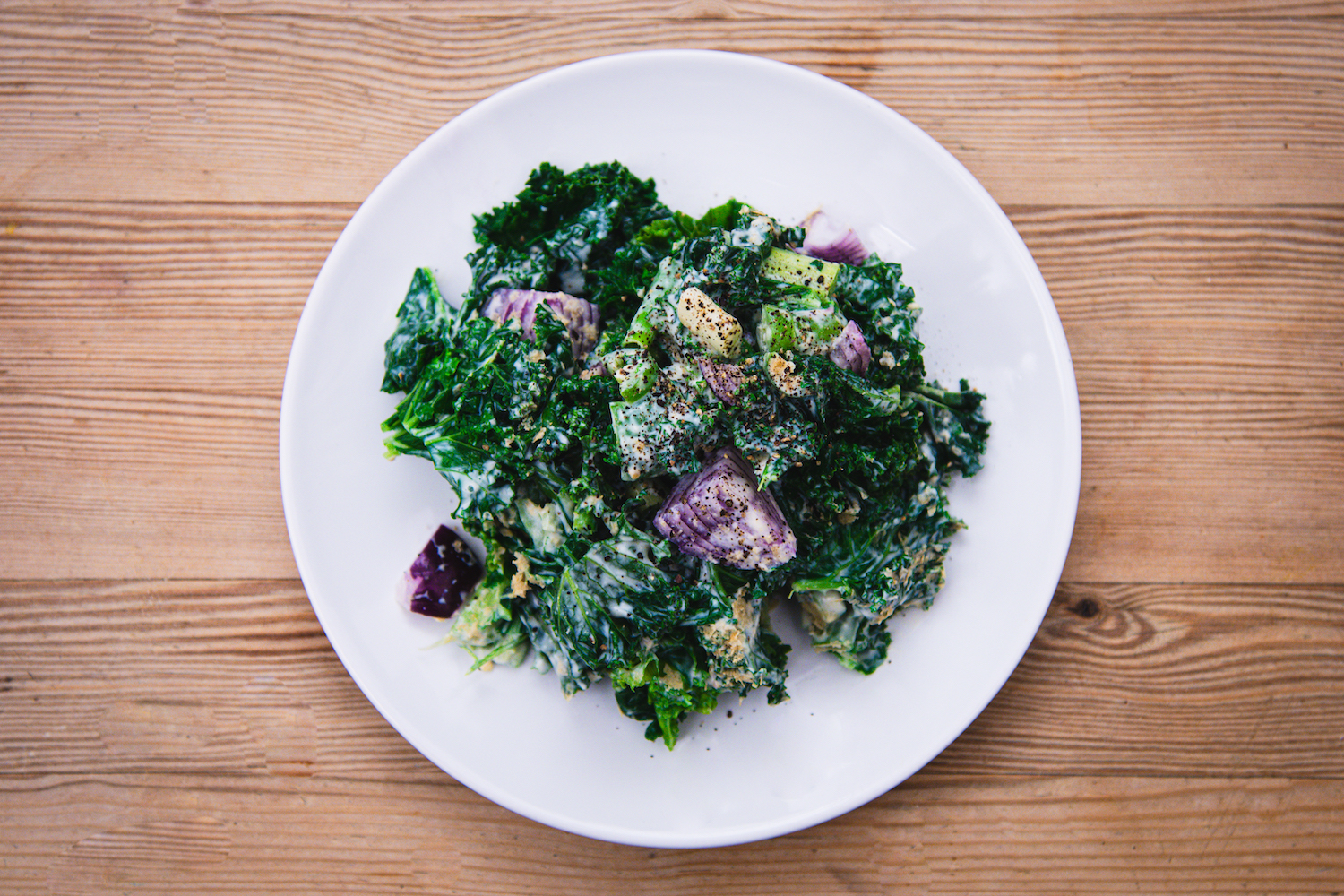Sudden sprints, or marathon sessions? It’s not much fun when they’re in your bathroom. Several types of bacteria can trigger episodes of diarrhea. One in particular, researchers say, has signs we can use to lower our chances of chasing the toilet anytime soon.
By Sofia Popov
Diarrhea often comes down to the presence of certain bacteria in your gut. Consuming contaminated food or water can lead to several types of bacteria entering your body, and causing diarrhea. The most common bacteria that can cause diarrhea include Escherichia coli (E. coli), Campylobacter, Salmonella, and Shigella. Meanwhile, there’s another type of bacteria that causes, in US alone, 450,000 cases of diarrhea and 29,000 deaths – it’s called Clostridium difficile (C. difficile.)
The most common bacteria that cause diarrhea include: Escherichia coli (E. coli), Campylobacter, Salmonella, and Shigella.
As most of us know, antibiotics upset the balance of bacteria in our guts. In certain cases, they can even go so far as to trigger wild overgrowth of C. diff, causing diarrhea and, in severe cases, life-threatening intestinal inflammation. Now, researchers at the Washington University School of Medicine in St. Louis have found the molecular signature of a healthy gut microbiome – the kind of microbial community that keeps C. diff under control, even after antibiotic treatment. They have also identified a specific molecule that’s produced only when C. diff is active and making toxins.
Together, we can use these findings to confirm whether we have, or at risk of, diarrhea caused by C. diff.
 A sticky species
A sticky species
Knowing that antibiotics raise the risk of a C.diff infection, a team of researchers decided to investigate the microbiomes of those with and without C.diff. They looked at the individuals’ metabolomes – the chemical compounds produced in the gut – in order to find a special signature that separates a healthy gut from one prone to getting C.diff disease.
“By analyzing the small molecules produced by the microbiome, we may be able to identify people at high risk for developing C. diff diarrhea. We also may be able to use this type of analysis to screen potential donors for fecal transplants and make sure they are donating the kind of microbiome that can help keep C. diff under control,” said senior author Jeffrey P. Henderson, MD, PhD, an associate professor of medicine and molecular microbiology.
This search was further complicated by the fact that some people can carry C. difficile in their gastrointestinal tracts asymptomatically. What’s more, the bacteria can also create two toxins that cause diarrhea and inflammation. Without these toxins, the bacteria are mostly harmless.
Your stool can predict C.diff disease
Taking 186 patients hospitalised with diarrhea, the researchers divided them into three groups:
- Group 1) No C. diff
- Group 2) With C. diff but no toxins, meaning they carried the bacteria but their symptoms were caused by something else
- Group 3) With C. diff and toxins, so all had C. difficile infections.
Using mass spectrometry, the team analyzed thousands of metabolic byproducts in the stool samples of patients from all three groups. Notably, the people with C. diff disease had high levels of a fatty acid called 4-methylpentanoic acid in their stool. This fatty acid is produced following an unusual metabolic process, where proteins are broken down. Human cells don’t actually make this fatty, not do most of the bacteria in the normal microbiome – apart from C. diff. Remarkably, the presence (or absence) of this fatty acid in the stool was able to identify people with C. difficile disease to a 92.8 percent accuracy.
Remarkably, the presence of this fatty acid in the stool was able to identify people with C. difficile disease to a 92.8% accuracy.
Moreover, the researchers even uncovered a pattern that can help protect against C. diff disease: a group of molecules related to bile acid metabolism. Our liver produces bile acids to help with fat digestion, which is afterwards absorbed into the intestine, where members of our microbiome chemically modify them. Well, the researchers found a set of modified bile acids in people who did not carry the bacterium, or who did so harmlessly, that was absent in people with C. difficile infections.
“There seems to be a difference in the metabolism of bile acids by the microbiome that affects how likely people are to develop disease.”
“These unusual bile acids may be fingerprints of people who are more resistant to C. diff infection,” said Henderson. “There seems to be a difference in the metabolism of bile acids by the microbiome that affects how likely people are to develop disease.”
Healthy microbiomes can restrain C.diff
For the researchers, their next step is to identify which bacteria in the microbiome help produce these protective bile acids, and to decipher how a healthy microbiome can restrain C. diff.
“We know that disruptions to the microbiome predispose some people to getting C. diff disease, but until now we haven’t known much about what these changes are and why they’re harmful,” Henderson said. “Small molecules give us a direct readout of what the microbiome is doing. This study provides some big clues as to how these antibiotic-resistant bacteria make people sick, and that could lead to better ways to identify, prevent or treat C. diff infections.”
References:
- Robinson, J.I., et al. Metabolomic networks connect host-microbiome processes to human Clostridioides difficile infections, Journal of Clinical Investigation (2019). DOI: 10.1172/JCI126905.


